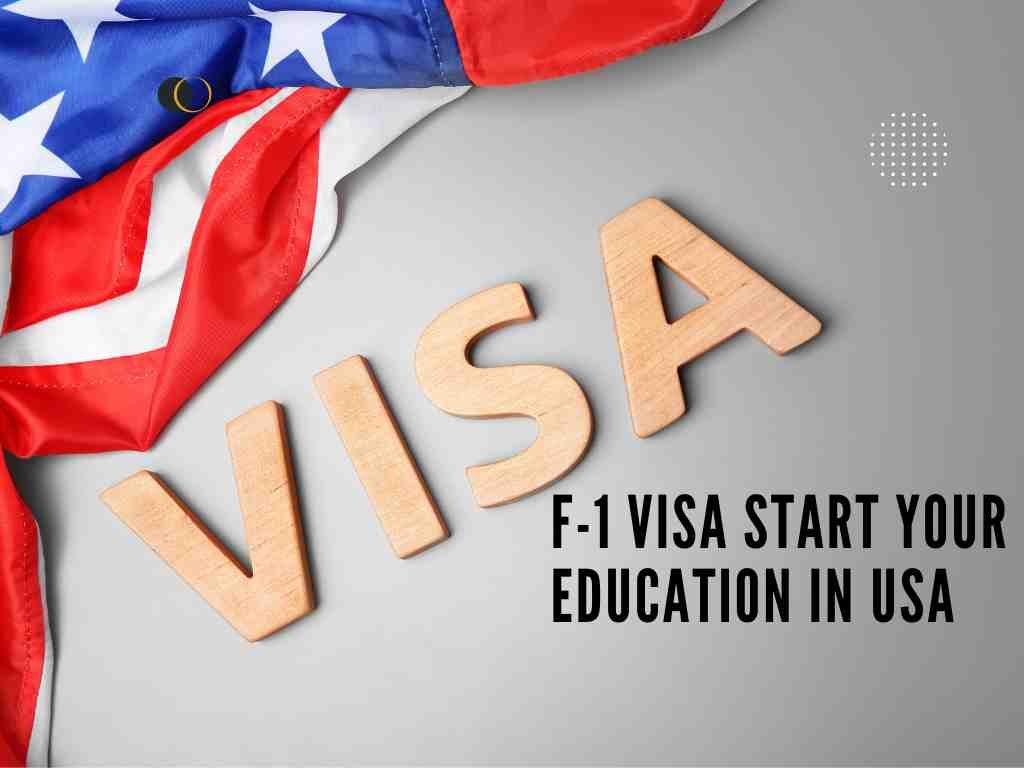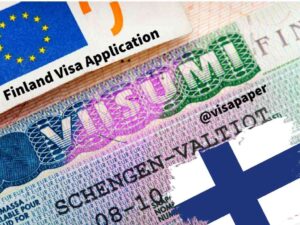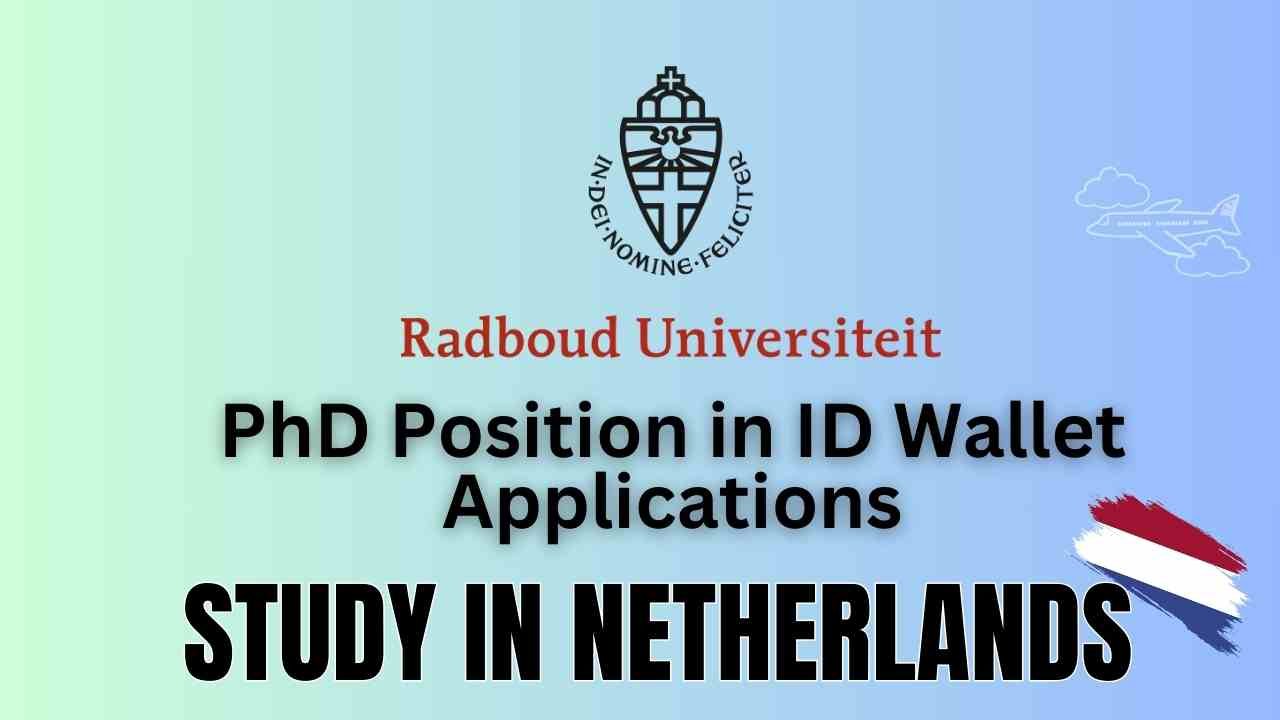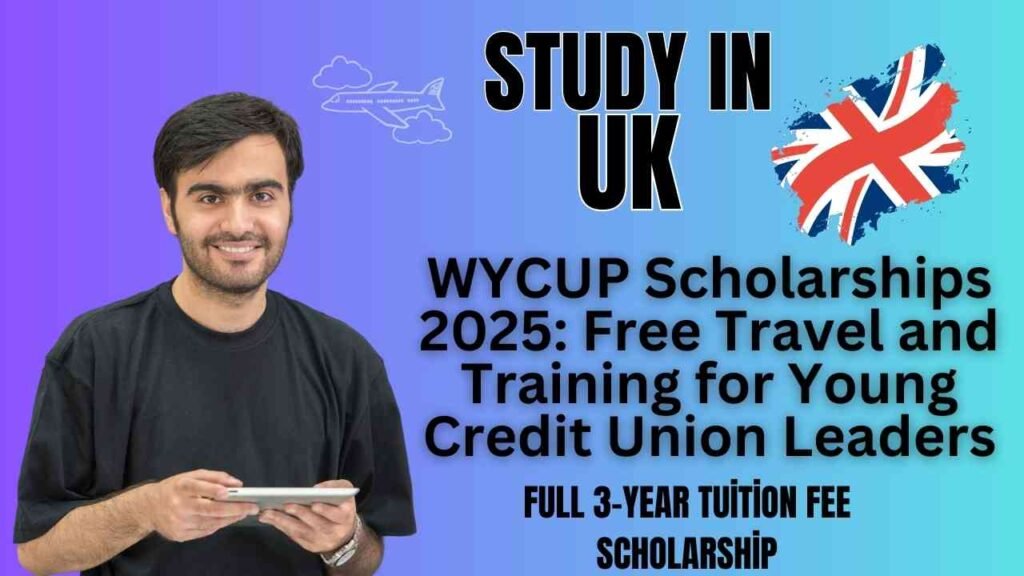Studying in the United States is a dream for many international students seeking top-notch education and cultural immersion. The F-1 student visa stands as a beacon, facilitating this journey of academic pursuit. Let’s delve into the intricacies of obtaining an F-1 visa and embarking on your educational voyage in the US.
Eligibility Requirements for an F-1 Visa
Academic Acceptance
Before applying for an F-1 visa, prospective students must secure admission to a Student and Exchange Visitor Program (SEVP)-certified institution in the US. This entails meeting the academic standards set forth by the institution and obtaining an acceptance letter.
English Language Proficiency
Proficiency in the English language is paramount for successful integration into American academic life. Applicants must demonstrate adequate English language skills, typically by fulfilling the institution’s language proficiency requirements through standardized tests like TOEFL or IELTS.
Financial Resources
Securing an F-1 visa necessitates showcasing sufficient financial resources to cover tuition fees, living expenses, and other incidental costs throughout the academic program. This assurance is vital to ensuring students can sustain themselves without recourse to unauthorized employment.
Intent to Return Home
Applicants must convincingly demonstrate their intent to return to their home country upon completion of their studies. This entails articulating clear post-graduation plans that align with their career aspirations back home, thereby assuring visa officers of their non-immigrant intent.
Steps to Apply for an F-1 Visa
Application to SEVP-certified Institution
The journey begins with meticulous research to identify and apply to SEVP-certified institutions offering programs aligned with your academic goals. Upon acceptance, the institution issues the crucial Form I-20, validating your enrollment and eligibility for an F-1 visa.
Payment of SEVIS Fee
Following acceptance, applicants are required to pay the SEVIS fee, a mandatory prerequisite for initiating the visa application process. This fee, payable online or via mail, funds the Student and Exchange Visitor Information System (SEVIS), essential for tracking and monitoring students and exchange visitors.
Scheduling a Visa Interview
Armed with the Form I-20 and proof of SEVIS fee payment, applicants schedule a visa interview at the nearest US embassy or consulate in their home country. Adequate preparation, including gathering the requisite documentation, is imperative for a smooth interview experience.
Attending the Visa Interview
The visa interview constitutes a pivotal phase where applicants must exude confidence and clarity in articulating their academic pursuits, financial preparedness, and intentions to return home post-graduation. Diligently adhering to instructions and presenting authentic documentation enhances the likelihood of a favourable outcome.
Waiting for Decision
Post-interview, applicants anxiously await the visa officer’s decision, communicated via email or traditional mail. Patience is key during this period, with applicants advised to refrain from making irreversible plans until the visa status is confirmed.
Additional Information on F-1 Visa
Application Timing
Prospective students can initiate the F-1 visa application process up to 365 days before the program’s commencement date. However, entry into the US is restricted to 30 days before the program start date.
Maintaining F-1 Visa Status
Sustaining F-1 visa status mandates full-time enrollment in academic studies and compliance with all visa regulations. Deviations from these stipulations jeopardize visa validity and may necessitate immediate rectification.
Benefits of Studying in the US
Studying in the United States under an F-1 visa offers myriad advantages, including access to esteemed educational institutions, opportunities for professional networking, and immersion in the rich tapestry of American culture.
Navigating the intricacies of obtaining an F-1 student visa marks the beginning of an enriching academic odyssey in the United States. By adhering to eligibility criteria, following procedural steps diligently, and embracing the cultural tapestry awaiting them, international students can unlock boundless opportunities for growth and learning.
Learn about how to apply for an F1 visa.
FAQs
- What is the processing time for an F-1 visa?
- Processing times vary but typically range from a few weeks to a few months. It’s advisable to apply well before your intended program start date.
- Can I work on an F-1 visa?
- F-1 visa holders are typically permitted to work on-campus part-time during the academic year and full-time during designated breaks. Off-campus employment may be authorized under specific circumstances.
- Are there any restrictions on travelling outside the US with an F-1 visa?
- While F-1 visa holders can travel freely within the US, international travel may require additional documentation such as a valid passport, visa stamp, and Form I-20 endorsed for travel.
- Can I bring my family with me on an F-1 visa?
- F-1 visa holders may be able to bring dependents (spouses and unmarried children under 21) with them under the F-2 visa category, subject to specific regulations.
-
What happens if my visa application is denied?
- In the event of a visa denial, applicants receive a written explanation detailing the grounds for refusal. While reapplication is possible, addressing the deficiencies cited in the denial notice is crucial for a successful outcome.











